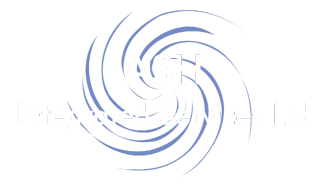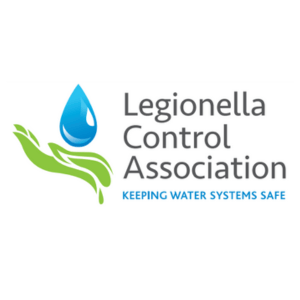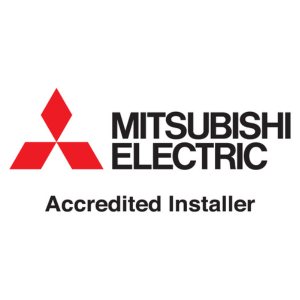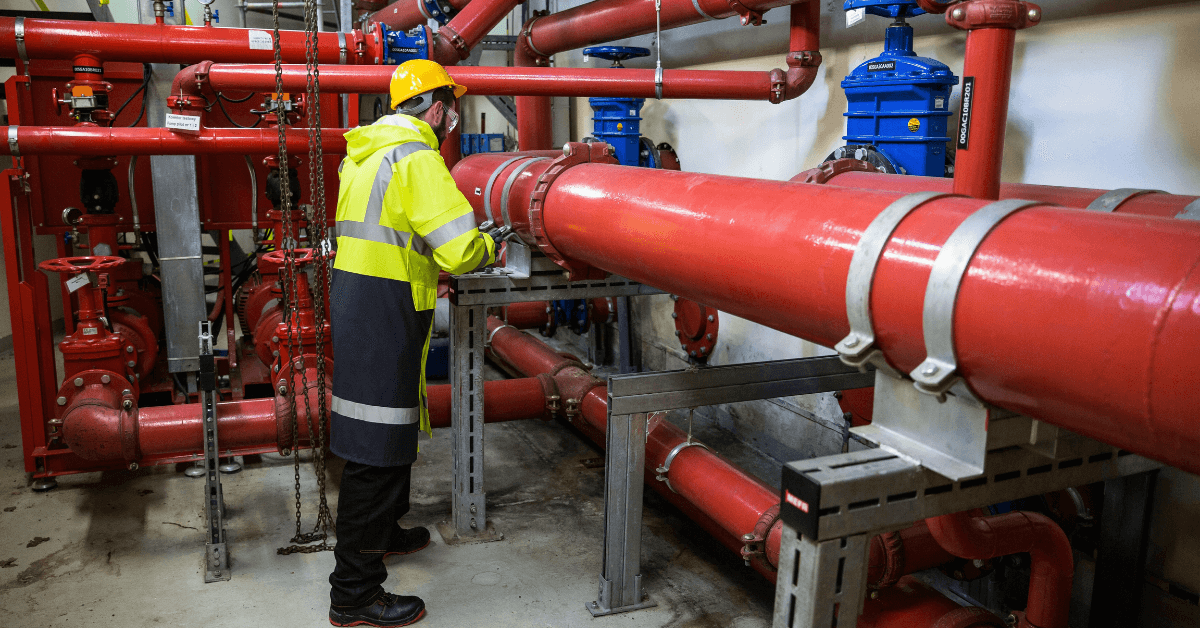Schools and colleges aim to create optimal learning environments. The integration of mechanical and electrical solutions emerges as a transformative force in achieving this goal.
From optimising energy usage to enhancing safety measures
Join us as we explore six compelling ways in which Integrated mechanical and electrical solutions are revolutionising educational facilities. These solutions empower them to meet the evolving needs of students, educators, and communities alike.
1. Efficient Energy Management
Integrated mechanical and electrical solutions enable educational facilities to optimise energy consumption by coordinating heating, ventilation, and lighting systems. Smart technologies can automate energy usage based on occupancy patterns, reducing waste and lowering utility costs.
2. Enhanced Safety and Security
Integrated systems provide comprehensive monitoring and control of safety features such as fire alarms, emergency lighting, and security systems. Centralised management allows for quick response to emergencies and ensures compliance with safety regulations, creating a safer environment for students and staff.
3. Improved Indoor Comfort
By synchronising HVAC (Heating, Ventilation, and Air Conditioning) systems with lighting and environmental controls, integrated solutions can maintain optimal indoor temperature and air quality. This enhances comfort levels for occupants and supports better concentration and productivity in classrooms.
4. Streamlined Maintenance
Integrated mechanical and electrical systems offer centralised monitoring and predictive maintenance capabilities. Facility managers can proactively identify and address issues before they escalate, minimising downtime and disruption to learning activities.
5. Cost Savings

The synergy between mechanical and electrical systems allows for more efficient operation and maintenance, leading to significant cost savings over time. By optimising resource utilisation and reducing energy waste, educational facilities can allocate resources more effectively to support educational programs and initiatives.
6. Sustainability and Environmental Responsibility
Integrated solutions support sustainability goals by promoting energy efficiency and reducing carbon footprint. By adopting renewable energy sources, implementing energy-saving measures, and optimising resource usage, educational facilities can demonstrate environmental stewardship and inspire students to become responsible global citizens.
As educational institutions continue to embrace these transformative technologies, they embark on a journey towards creating dynamic, responsive spaces that inspire creativity, empower growth, and enrich the educational journey for future generations.


















